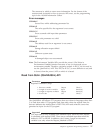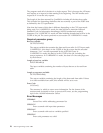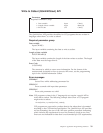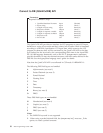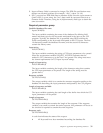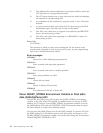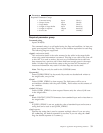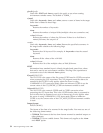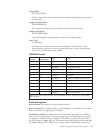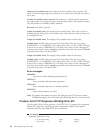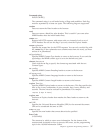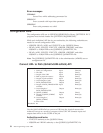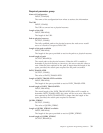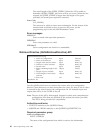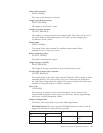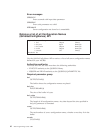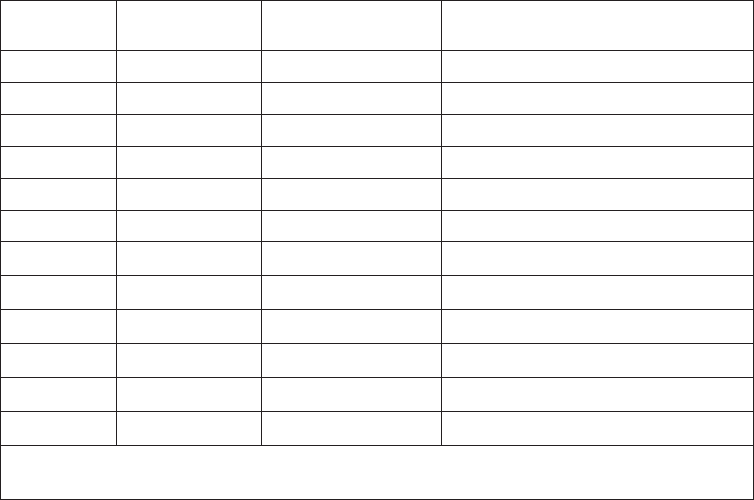
Target Buffer
OUTPUT:CHAR(*)
This is output buffer that contains the information requested by the command
string (if any).
Length of Target Buffer
INPUT:BINARY(4)
The length of the target buffer provided to receive the API output.
Length of Response
OUTPUT:BINARY(4)
The actual length of the information returned in the target buffer.
Error Code
I/O:CHAR(*)
The structure in which to return error information. For the format of the
structure and for details on how to process API errors, see the programming
topic in the AS/400 Information Center.
CGII0200 Format
Offset
Decimal
Offset
Hexadecimal
Type Field
0 0 BINARY(4) Bytes returned
4 4 BINARY(4) Bytes available
8 8 CHAR(20) Continuation handle
28 1C BINARY(4) Offset to first variable entry
32 20 BINARY(4) Number of variable entries returned
36 24 CHAR(*) Reserved
BINARY(4) Length of variable entry (See note)
BINARY(4) Length of variable name (See note)
CHAR(*) Variable name (See note)
BINARY(4) Length of variable value (See note)
CHAR(*) Variable value (See note)
CHAR(*) Reserved (See note)
Note: These fields contain variable entry information and are repeated for each variable
entry returned.
Field descriptions
Bytes returned The number of bytes of data returned.
Bytes available The number of bytes of data available to be returned. All available
data is returned if enough space is available.
Continuation handle The handle that is returned when more data is available to
return, but the target buffer is not large enough. The handle indicates the point in
the repository that the retrieval stopped. If the handle is used on the next call to
the API (using the -again flag), the API returns more data starting at the point that
the handle indicates. This field is set to blanks when all information is returned.
Chapter 2. Application Programming Interfaces 35



